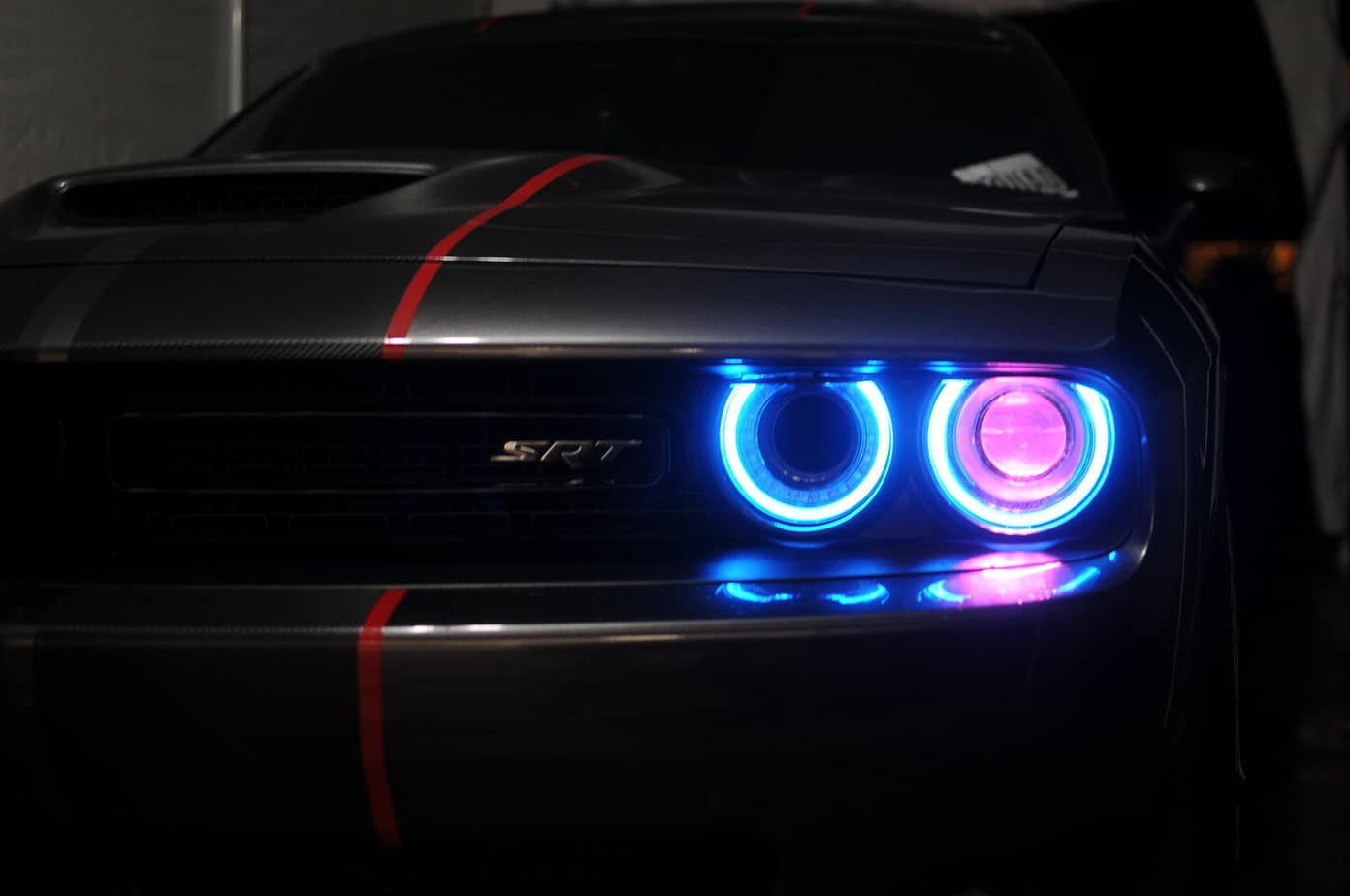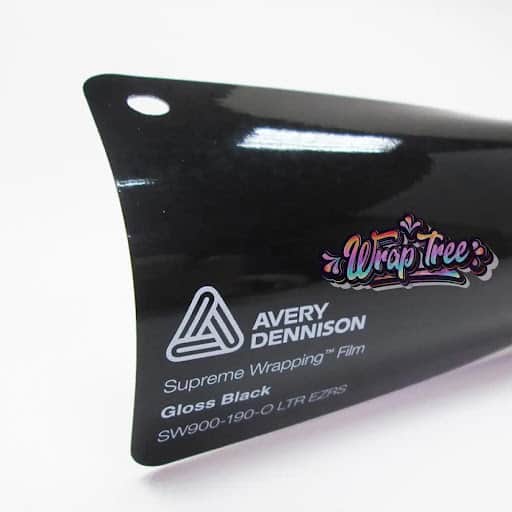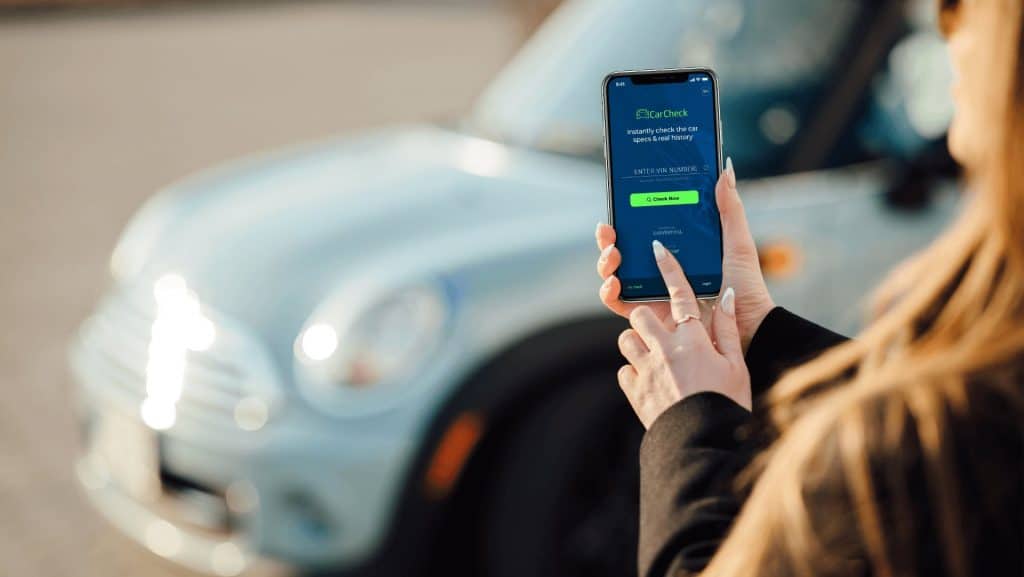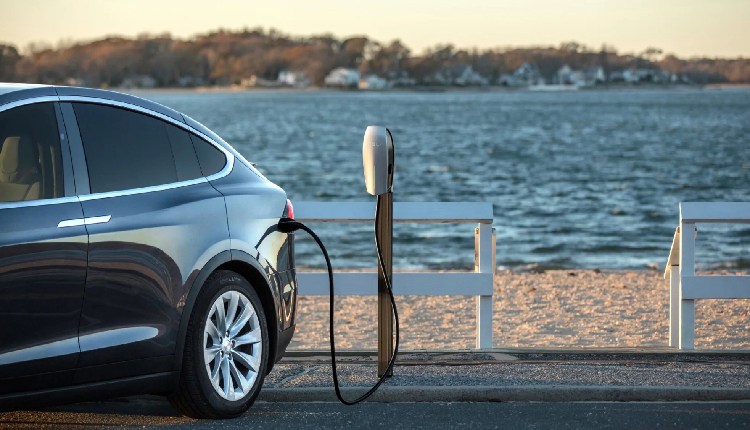
The different types of lights are built to serve specific functions on your car. Unfortunately, many people end up putting the lights to the wrong use thus either communicating the wrong message or at times can even result in an accident. In this article, we talk about all that you should know about car lights and headlights so that you can use them appropriately from today.
Let’s get started:
Types of car lights
According to experienced experts like CIPCO, there are numerous lights on your car that serve different functions. First, there are the hazard lights doubling up as indicators. The tail lights come next to the brake lights and then the headlights that can be adjusted to varying intensities. Let’s dive deeper into the details of the lights on your car and everything you need to know about them.
Dipped headlights
These headlights are brighter than the sidelights but not a bit dimmer when compared to the full beam headlights. Their name is inspired by their appearance, as they appear to be dipped downwards in the direction of the road. Depending on the make of your vehicle, there are two ways you could turn them on; using a twisted indicator stalk or from the dashboard.
These lights are important in cases where there’s poor visibility. If you can’t see beyond 100m ahead, then dipped lights will come in to save the day. The lights are mostly in use at night and during foggy weather.
Full beam headlights
These are known to be the brightest headlights on a regular vehicle. Their angle is higher than that of dipped lights which gives the driver the advantage of seeing more than 100m ahead. The lights are also referred to in other quarters as high beam lights. If you want to switch these on, you’ll find their switch next to that of the dipped headlights.
You can use high beam lights during the night especially if you’re using unlit roads. However, you need to use these lights with caution due to the intensity of their brightness.
Turn them off when there’s oncoming traffic including pedestrians, cyclists, and other motorists. If you are turning on the left-turning bends or following another vehicle, it’s recommended that you turn them off because they can be too dazzling and thus hampering the vision of other road users. Recklessness with the use of these lights can result in accidents.
Fog lights
As their name suggests, these lights are important in cutting through the mist and fog. They occur in two sets; back and front. The switch for these lights is color-coded (green and amber). The green color is for the front lights and amber for the back fog lights. Fog lights work in combination with the dipped headlights. You’ll need to switch on the dipped headlights before switching on the fog headlights.
Use these lights if the visibility of the road is below 100m. If you use the lights when the visibility is better such that you can see as far as the length of a football pitch (100m), then you risk dazzling other drivers.
Hazard warning lights
These come at the four corners of the car and they double up as the indicators. When used as hazard lights, they warn other drivers of obstruction or danger. You can turn them on by pressing the dashboard button shown by a triangle.
Use these lights if your vehicle is stationary on the road or if you’re causing a temporary obstruction. That could be when there’s an accident that’s occurred, an obstruction ahead has caused you to stop or your vehicle has broken down. You can also use the light to warn the other drivers of an obstruction that’s ahead.
If you’re using the lights as indicators, you can turn them on using the indicator stalk on the side of the road you’re turning. The moment you straighten the wheels of the car, the lights automatically turn off. Use the indicator lights to show other motorists when you’re pulling away, overtaking, turning at roundabouts, or changing lanes. Don’t turn them on too early or too late as this may confuse other drivers.
Parking lights/Sidelights
You’ll find these in the headlamp unit located in the front of the car. They aren’t as bright as the headlights and so are good for making yourself visible when it’s not yet dark enough for you to turn on the main lights. Their switch is found either on the indicator stalk or the dashboard dial.
You should use the lights if you’re parked on the road or “lay-by” at over 30mph. You don’t have to worry about the lights draining your battery as their design makes it possible for them to be left on for long periods with no effect. You don’t need to use these lights if the speed limit is below 30mph and you’re in a recognizable parking spot or you’re facing the direction where traffic is flowing.
Brake lights
These lights are also red in color and are found near the taillights. They illuminate when you apply your breaks thus sending a signal to the other drivers to keep a safe distance.
Taillights
These are red in color and you’ll spot them at the back of the car. They turn on automatically when you turn on the headlights. That’s been a comprehensive look at the types of car lights and headlights and how you should use them. Armed with this information, you can go ahead and be a confident and informed driver.
Safe driving.




